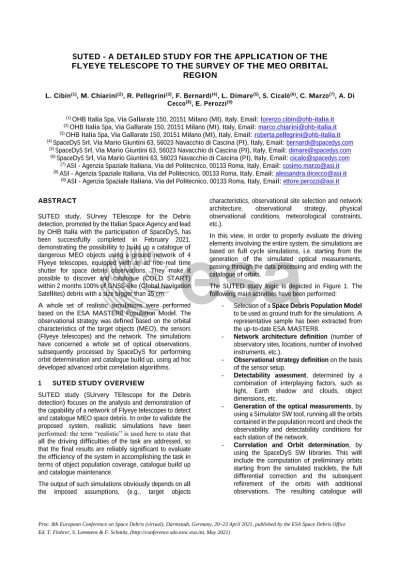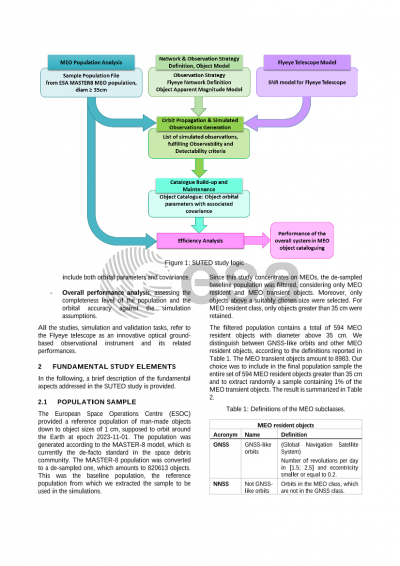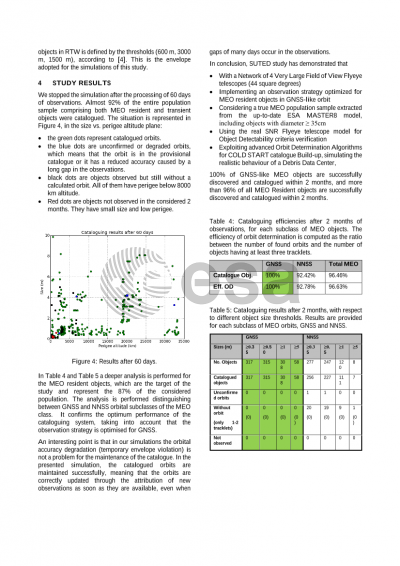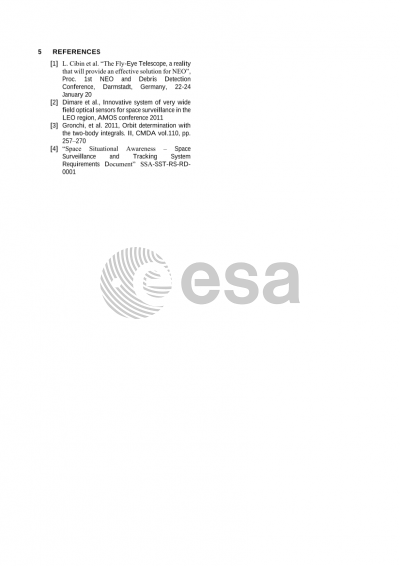Document details
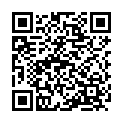
Abstract
Space debris represent a serious problem for space activities and can compromise the functionalities of operational satellites, interfere with launches, generate risks for astronauts and represent an hazard in case of reentry. Former studies have shown that the availability of wide-field high-sensitivity optical sensors could significantly complement radar observations in the LEO region and greatly improve the efficiency of MEO and GEO surveys.
The Flyeye telescope has an innovative optical design which allows to achieve an extremely large Field-of-View (44 square degree) still reaching down to the scientific limit of 21.5 visual magnitude. The first prototype is currently under development within ESA’s Space Safety Programme and will be devoted to NEO (Near-Earth Objects) detection. It is therefore expected detailed performance figures of the telescope will be soon available thanks to the on-going characterization campaigns.
In the framework of the activities for the development and the deployment of new sensors to support the services provided by the European SST Consortium (EUSST), the Italian Space Agency has promoted the SUTED (study for the application of SUrvey TElescope for Debris detection). The study has the aim to assess the possibility of using the Flyeye telescope for surveying the MEO orbital region provided that the telescope is equipped with an ad hoc real time shutter tailored for space debris observations.
In particular, SUTED focuses on the buildup and maintenance of a catalogue of MEO objects, both resident and transient, performed by simulating the observability of such artificial bodies by means of a network of Flyeye telescopes, coupled with advanced image processing algorithms, suitable for tracklet detection and consequent debris orbit determination.
A whole set of realistic simulations were performed based on a Population Model extracted from the ESA MASTER Catalogue. The Network architecture was defined considering the number and the location of observational sites and the number of sensors present at each observatory. An observation strategy was defined on the basis of the high level orbital characteristics of the target objects (MEO), of the sensors (Fly-Eye architecture) and of the selected observatory stations.
Based on a realistic Fly-Eye Telescope model, derived from actual instrument development outcomes, the simulations allowed to assess the detection performances in a realistic scenario (illumination, wheater conditions, Earth shadow, debris dimensions, etc.). This model allowed to simulate a whole set of optical observations, using a commercial propagator integrated with specifically developed SW modules. The observations were subsequently processed for performing orbit determination and catalogue build up, allowing a comparison with the ‘ground truth’, to obtain a detailed analysis of the expected optical network performances.
This work presents the overall study, the simulations and the analyses performed by the SUTED study.
Preview
